In May 1986, I went to Boston with my school choir (all 130 of us, plus chaperons) and took about 240 photos. Here's one of them:

When I got back home, I printed the shot. This took about five hours, and some help from Mr. Sylvester, the photography teacher, because instead of Photoshop I used an actual darkroom, with an easel and Ilford #3 paper. Here's the result:
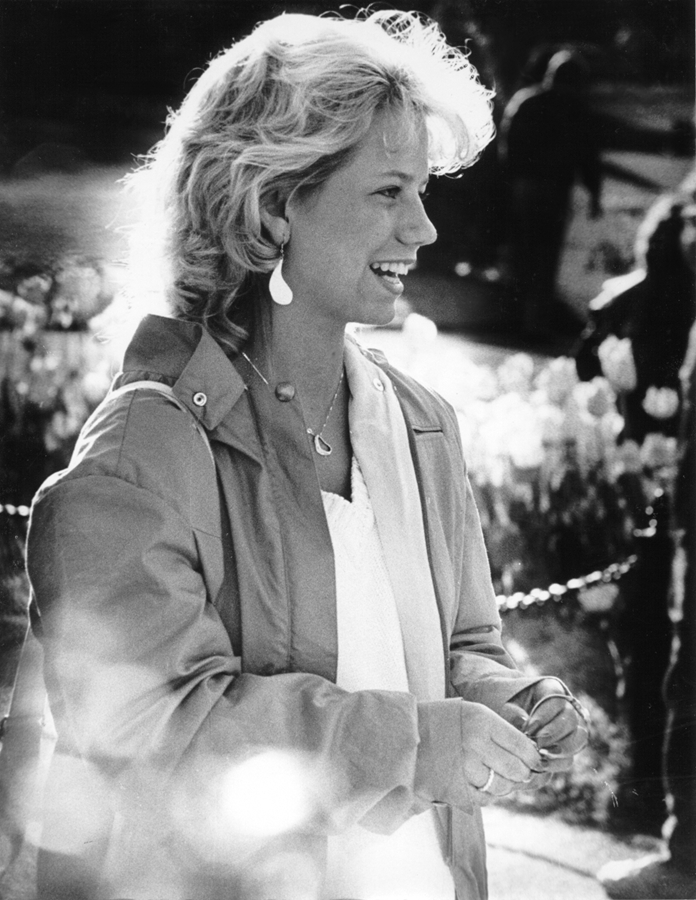
Now, in 2011, I've finally scanned the negative, and in about 20 minutes with Adobe Lightroom, produced a reasonable facsimile:

Not only did the electronic editing take less time than the paper-and-developer method, but it also smelled a lot better.
Public Garden, Boston, 10 May 1986. Kodak Tri-X 400, ISO 320, exposure unrecorded, Canon T-90.
South Pond, Lincoln Park, Chicago, 1:27pm:
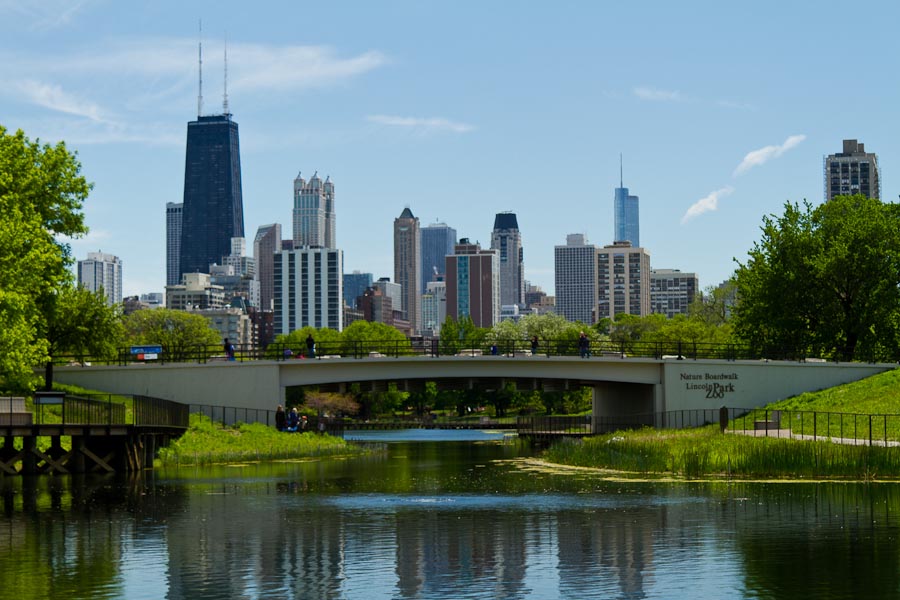
Monday night I played around with one of my favorite slides from 1986. Today at lunch I rescanned the slide at 3600 dpi, after giving it a good dusting, and with the scanner's Kodachrome corrections. Here's the result:

For comparison, here's my previous attempt, using the 1200 dpi scan I made during my first pass:

The differences are much more apparent at full size, especially since the top photo's dimensions are nearly four times longer than the bottom one's.
Public Garden, Boston, 10 May 1986. Kodachrome 64. Exposure unrecorded.
As I play around with high-dynamic-range imaging, I remembered a photo I took in 1991 while driving through North Dakota. I remember taking about a bunch of bracketed shots because of the scene's wide exposure range. Last night I looked for the image and found that one of the two negative strips covering the bracket is gone. Not only gone, but I wrote a note to myself in May 1992 on the negative holder pointing out that it's gone. Without the full bracket, an HDR image won't work.
Fortunately, I have the first image in the series, which I took using the camera's recommended exposure. A quick rescan at 3600 dpi, then a few minutes in Lightroom, and voilà:
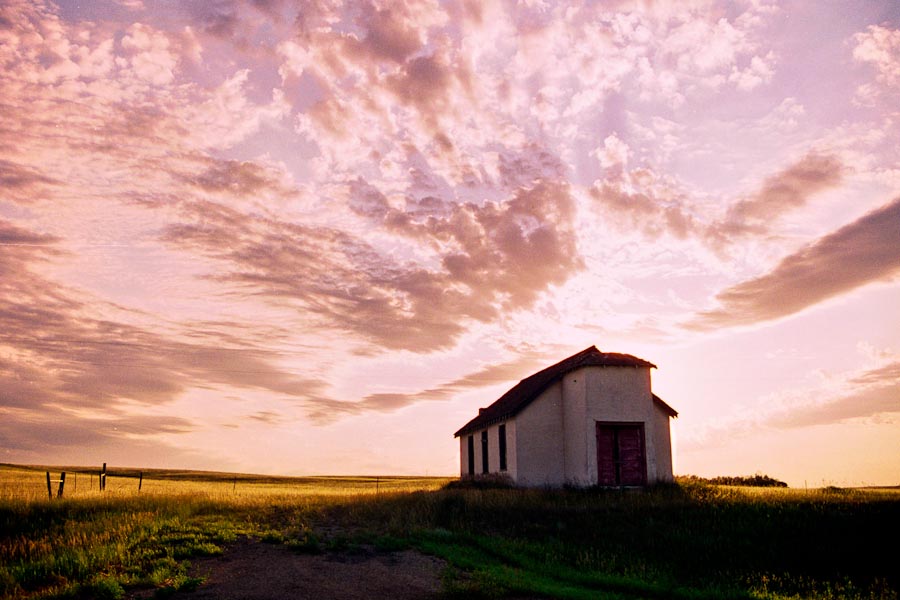
(For comparison, here's the raw image from my scanner:)
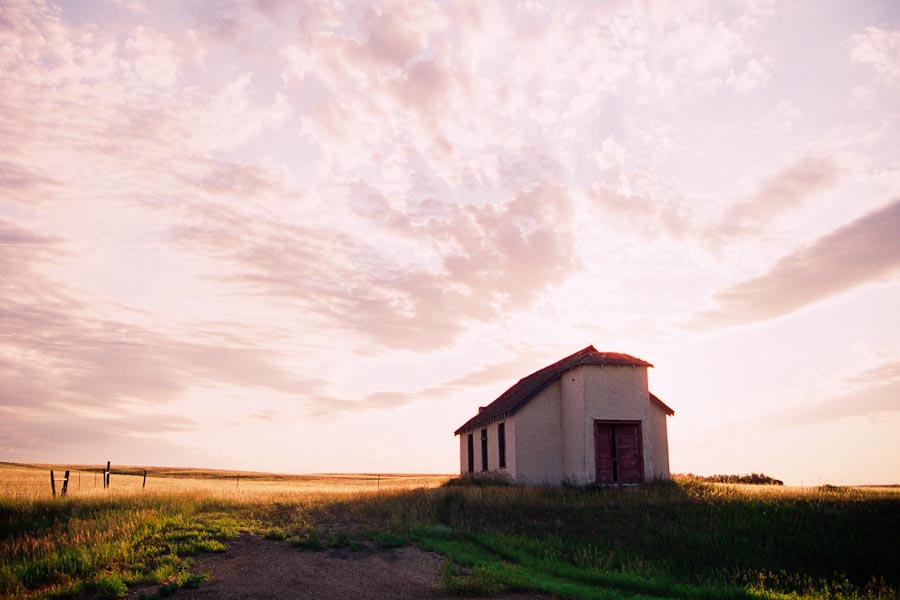
I'm still about 60 rolls behind that image in the scanning project, unfortunately, so other photos from the trip will have to wait a while.
Kodachrome 64, 20 July 1991, near Sturgis, N.D. Exposure unrecorded.
I had a few minutes before work this morning to try out HDRSoft's Photomagix software. The program takes digital photos taken at different exposures and combines them into one image, a process called high dynamic range imaging, or HDRi.
For my first attempt, I used three photos of the park near my house that were only 1 EV apart, so the result may fail to awe you:
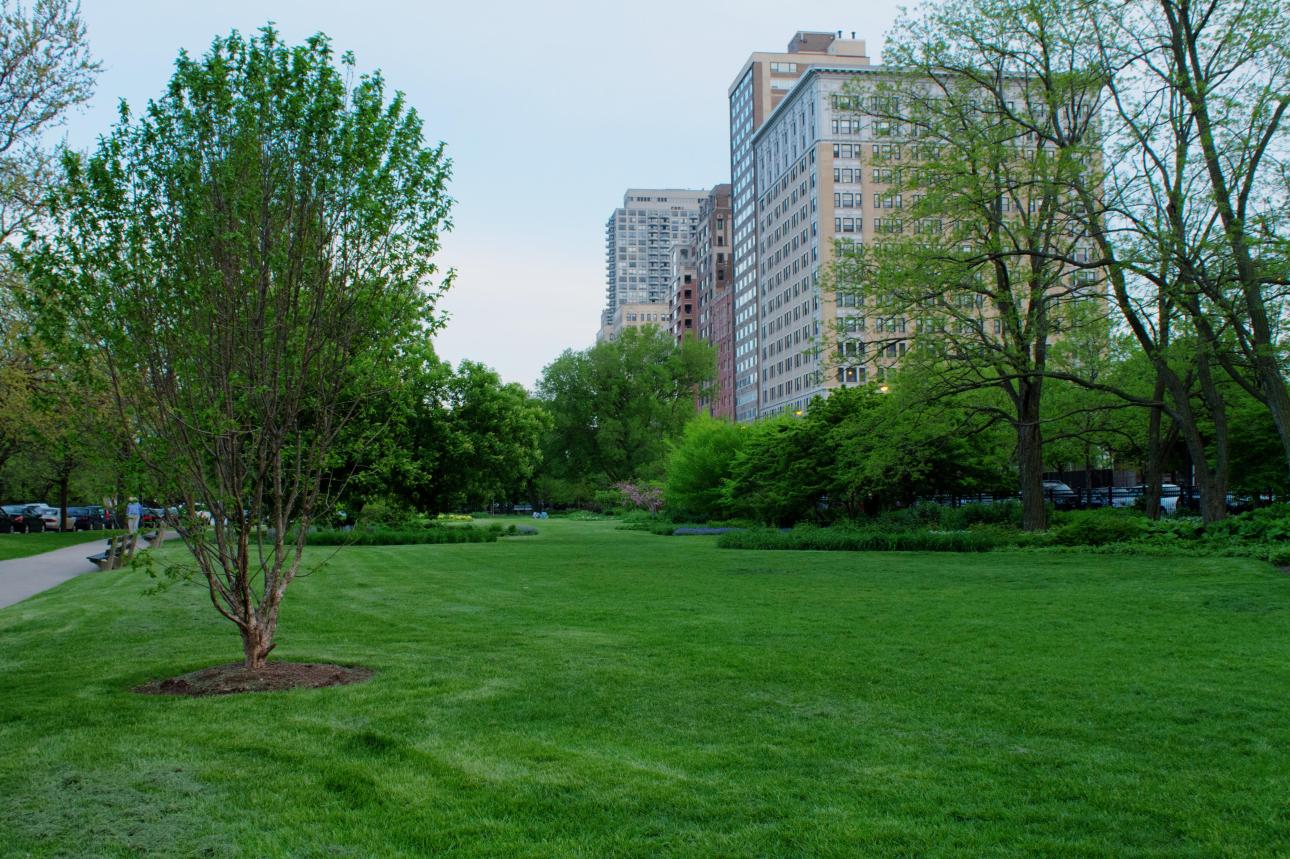
Here's one of the three originals from Monday evening, at the "correct" exposure:

The HDR image looks better, but not that much better. In the next couple of days I'll experiment some more, now that I have a better idea what I'm looking for and how to shoot it.

Actually, I'm blegging for information. Has anyone used online photo printing services like ZenFolio, SmugMug, or Shutterfly, either as a photographer selling images or as a customer? Maybe your wedding photographer used a third-party site?
As a corollary, do you or does anyone you know buy stock photos for publication?
No, I'm not quitting my job; but with a backlog of 30,000 photos—some of them already sold as stock, some of them more than once—the wheels in my brain have started to turn. (Maybe it's the MBA.)
Why didn't I get Adobe Lightroom earlier? Even its basic photo-editing tools dramatically improve photos (or at least get them back to where they should be). I'm going to re-scan this one at higher resolution, after carefully dusting it, and with the appropriate filter, but for the moment, I think I've gotten pretty close to what the original Kodachrome image looked like:

This one came close, but not quite:

Both: Public Garden, Boston, 10 May 1986. Kodachrome 64. Exposure unrecorded.
Another of my favorite Bills:

I want to try out some new techniques on this and a few other shots I took tonight, but I won't have time until the weekend. For now, here's a gratuitous statue photo.
This morning we had weather about as perfect as a human could hope for, 26°C and sunny by the lake, with a gentle breeze out of the southwest. I hopped on my bike for an actual workout, complete with heart-rate monitor, for the first time in a couple of years, then came back, grabbed my camera, and walked the dog. Some results:

ISO 400, f/6.3, 1/640, 225mm
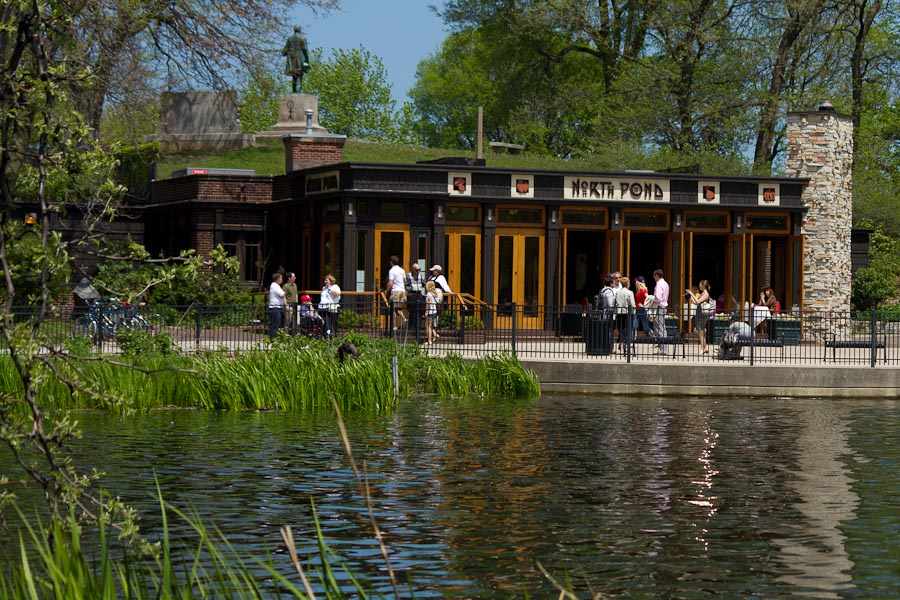
ISO 100, f/5.6, 1/500, 55mm
As I continue to evaluate Adobe Lightroom, I'm trying to figure out how best to use it. Since about 2000, I've kept the raw copies of everything my various digital cameras produced, making copies of almost all of them with names and metadata. Lightroom obviates that step, because it saves metadata and editing steps separately from the image files, preserving the raw camera output. If I need a JPEG version of a photo, I can simply export it—edited, and with all the relevant metadata.
This changes everything. I'm just now sure how. For my first step, I've set my camera to shoot only photos in raw (Canon .cr2) format. They're a lot bigger—25 MB vs. 5 MB for JPEG—but so what? Hard drive space is around $100 per terabyte, which works out to 0.24¢ per photo. (It adds up, though; I took 4,635 photos and videos in 2010 and I've taken 2,351 so far this year, and their combined 24.1 GB use up a whopping $2.35 of hard drive space.)
As I write this, dark clouds have rolled in and radar shows thunderstorms just about on top of us. I feel like I took good advantage of the excellent weather. I even remembered sunscreen today, and had the foresight yesterday to install my air conditioners. Now I've got some real work to do, though. Sounds like it's time to go to my Remote Office...
(This is the 2,500th post on The Daily Parker. And now back to our current thread, already in progress.)
Version 1, pretty much as it came out of the camera:

Version 2, processed from the raw camera file:
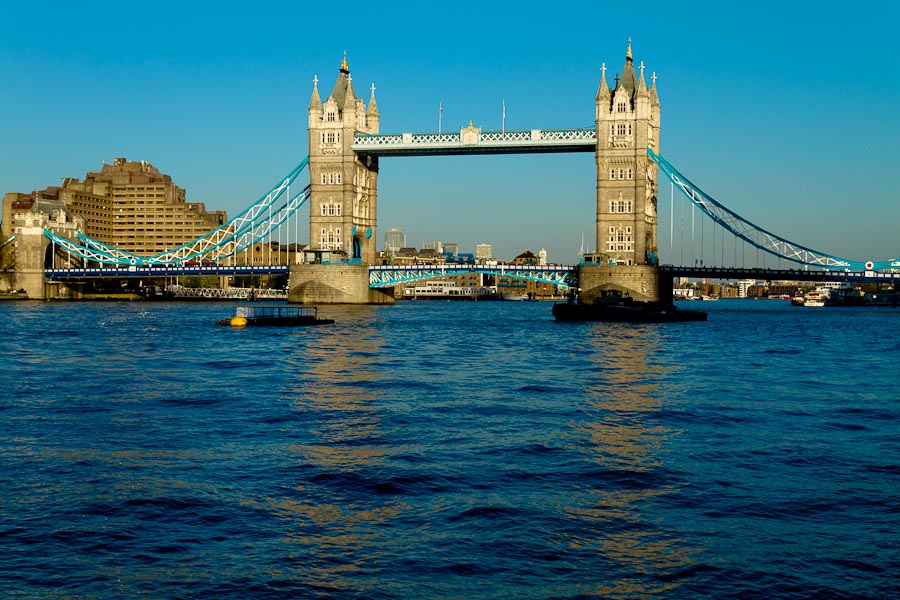
8 April 2011, 18:16 BST, 1/1000 f/5.6, ISO 100
Subtle differences—but noticeable.
OK, walk the dog, thence bed. I feel like I learned a lot today, including that I have to learn a lot more.